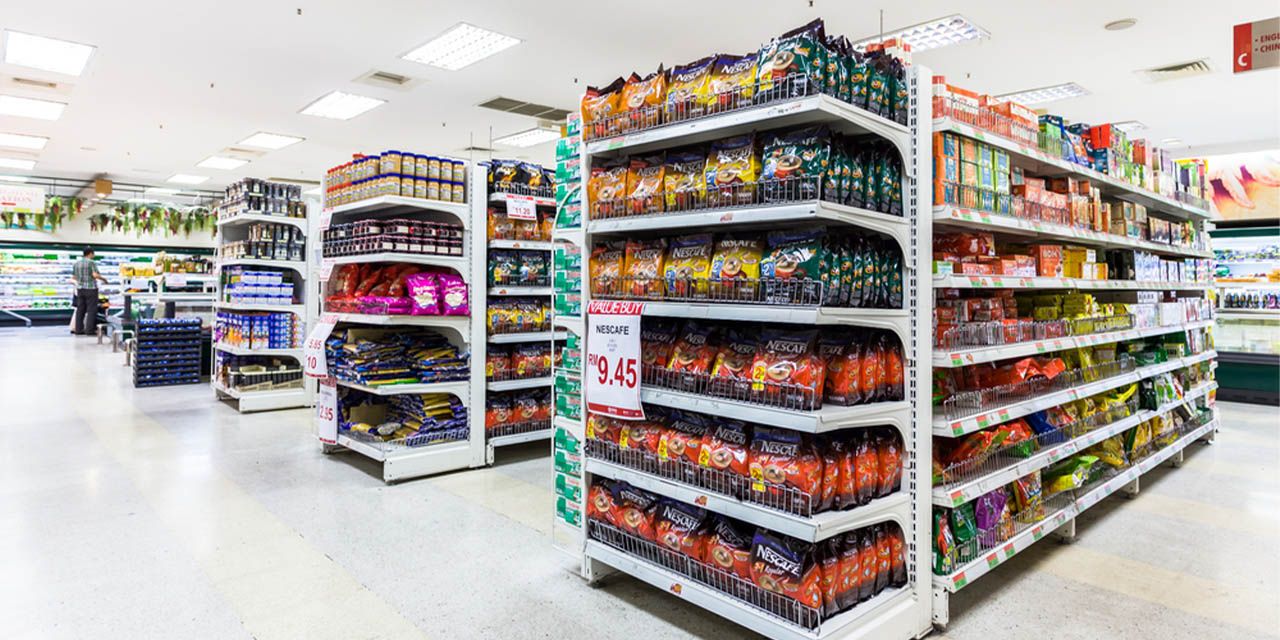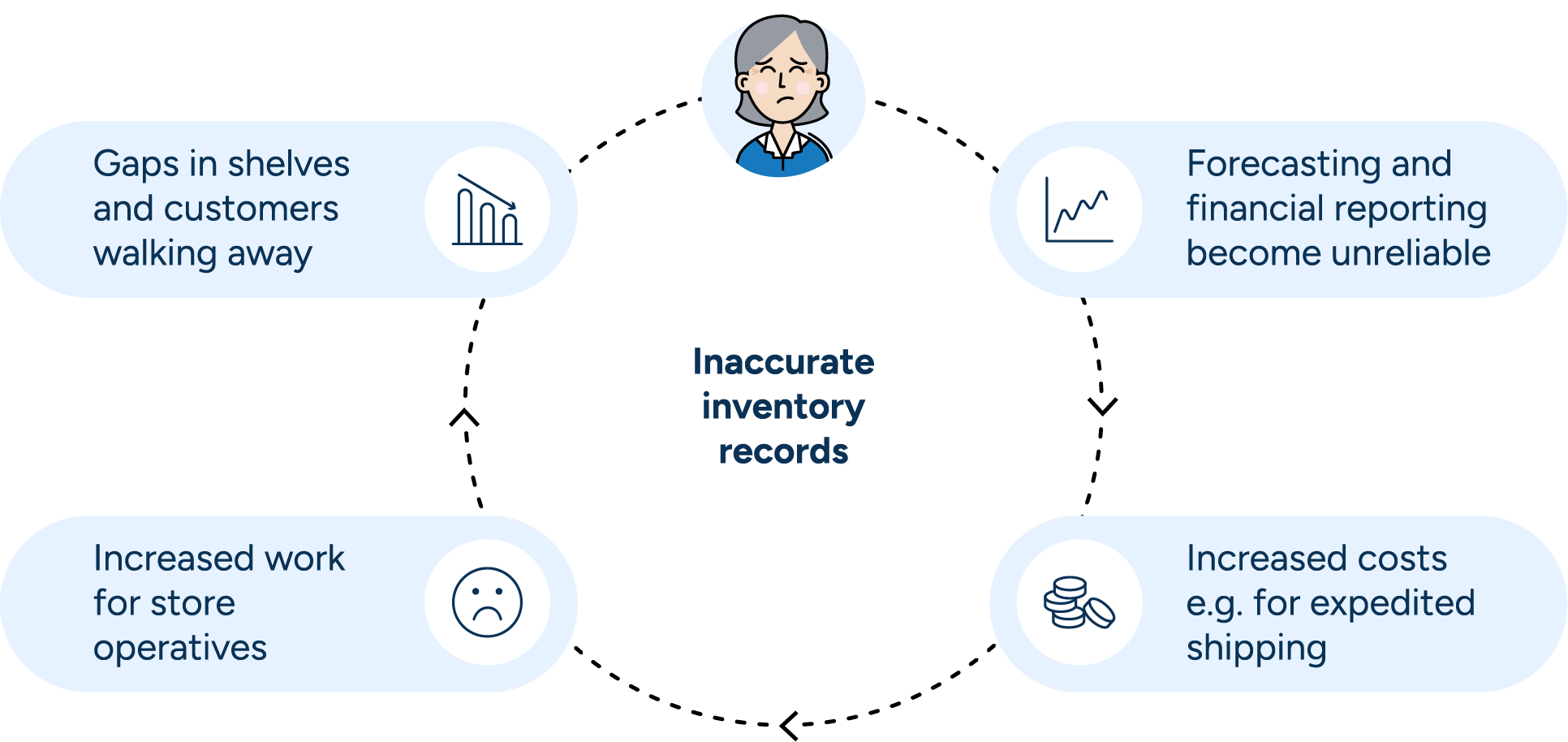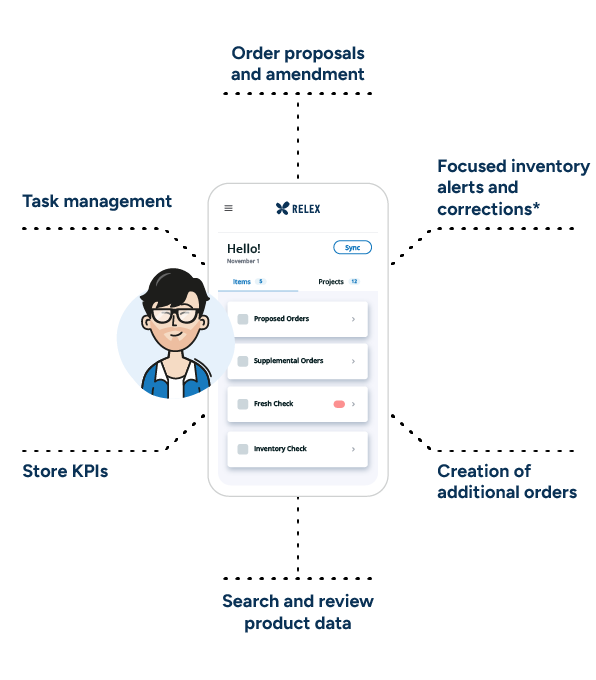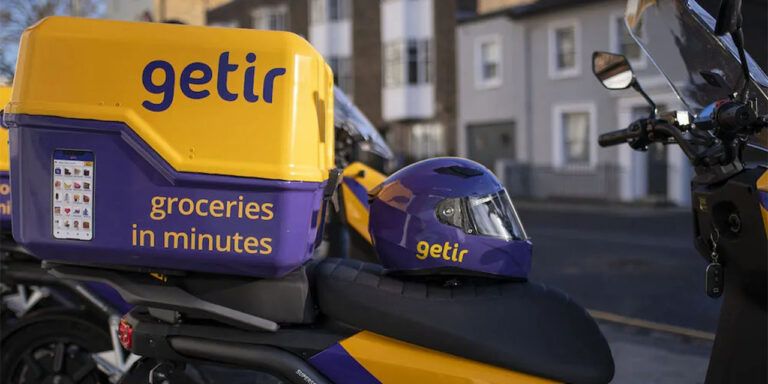Evolving from transactional to optimized in grocery: Part two – common challenges and how to overcome them
Sep 26, 2024 • 4 min
When starting to optimize grocery operations, brands often stumble over the same hurdles due to the complexity of the process and limited resources. These common pitfalls can lead to inefficiencies and missed opportunities for improvement. The journey from transactional to optimized systems can seem overwhelming, but understanding and addressing these challenges is critical to making progress.
The good news is that every one of these challenges can be prevented or solved relatively easily if you know what to do instead. In part one of this series, Key areas for optimization, we discussed where to prioritize optimization. In this part, we will discuss how, by recognizing common mistakes and implementing best practices, grocers can navigate the optimization process more smoothly and reap significant benefits.
Analysis paralysis
It’s very common for grocers to feel overwhelmed by the complexity of optimization and skeptical about the benefits. Because of this, many brands make the mistake of hesitating to implement and adopt tools that could help them stay ahead of the competition. This stagnation ultimately leads to the brand falling behind competitors in adopting new, helpful tools and losing out on those optimizing opportunities.
This paralysis can be prevented by starting with small, manageable optimization projects that demonstrate quick wins and tangible results. You don’t have to overhaul every corner of your business; you start by optimizing your product ordering or inventory reduction and then move on to another area, like workforce optimization.
By gradually building confidence and showcasing the measurable value of optimization, grocers can overcome their initial doubts and fully embrace the transformative potential of advanced technologies.
Using low-quality data
One of the most critical mistakes grocers make when transitioning from transactional to optimized systems is assuming their existing data is good enough for optimization. Good data is crucial for optimization because it forms the foundation upon which advanced analytics and predictive models are built. Any optimization efforts will likely be flawed and ineffective without accurate, comprehensive, and timely data.
To know if your data is good enough to optimize, you must assess its accuracy, completeness, and consistency. For instance, a grocer might believe they have a clear picture of their inventory because they track orders and sales. However, suppose they aren’t tracking item-level receipts or item-level throwaways. In that case, they have no real-time visibility into what products are on the shelves, what just arrived, and what has been thrown away.
This gap in data quality means they can’t accurately forecast demand or optimize replenishment. A store that frequently experiences discrepancies between recorded inventory and actual stock levels will often overorder perishable items (leading to increased waste) or underorder popular products (resulting in lost sales). Beyond stockouts and excess inventory, discrepancies in data can lead to many other issues that hurt efficiency and increase costs.

To assess and improve data quality, grocers should conduct regular audits of all data sources, implement robust data governance practices, and invest in technologies that enhance data accuracy and visibility. This might include adopting advanced ERP systems that track item-level receipts, using IoT devices for real-time inventory monitoring, and integrating data from various sources into a unified platform for better analysis.
Underestimating change management and training needs
Another common mistake grocers make when optimizing is underestimating the importance of change management and employee training. Proper implementation and comprehensive training are crucial for successfully adopting any new solution, particularly those used in stores.
Store employees, who are on the front lines of daily operations, need to be guided through the transition in a meaningful way. Effective change management is best done with a structured approach that addresses the human side of change. This includes clear communication about the benefits and impacts of the new system, as well as addressing any concerns or resistance from employees.

Optimizing your systems can significantly benefit your employees by reducing manual, repetitive tasks that humans find least fulfilling. Make sure your employees get the complete picture of how they will benefit from these new tools. Real examples and case studies can also help illustrate effective practices and address questions about how the tools will change day-to-day tasks. Incorporating user-friendly solutions like Mobile and GenAI copilots can also help smooth the transition and speed up training.
Optimizing every corner of grocery retail
The transition from transactional to optimized systems marks a significant evolution in grocery retail. While transactional systems have laid a solid foundation for daily operations, the next phase involves leveraging advanced technologies like AI and machine learning to drive operational excellence. By focusing on optimization, grocers can unlock new levels of efficiency, reduce waste, and better meet customer needs. This shift not only enhances profitability but also positions grocers to stay competitive.



